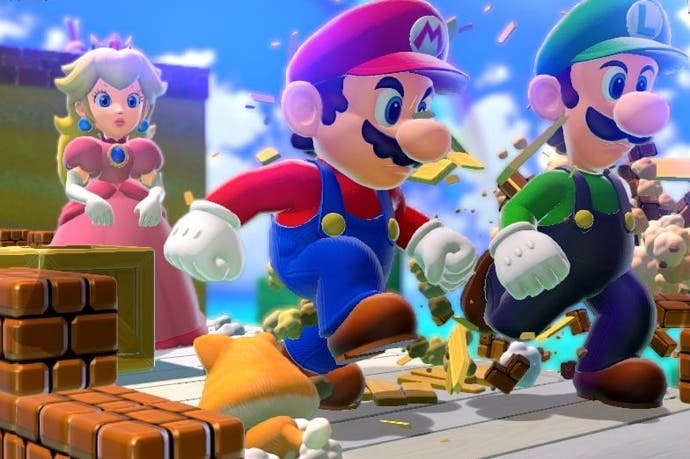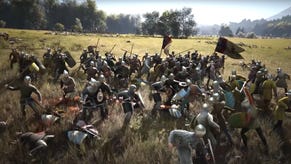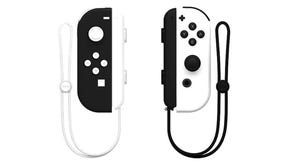Nintendo's "kishōtenketsu" Mario level design philosophy explained
But will it also work on mobile?
Nintendo designed many of its recent 3D Mario levels using the four-part structure of Chinese poetry and Japanese comics.

The technique was originally detailed in a Gamasutra interview with Super Mario 3D Land director Koichi Hayashida, and can be seen in action in journalist Mark Brown's latest Game Maker's Toolkit video.
Hayashida explained how he refined his level design process over the course of his career at Nintendo, starting with Super Mario Galaxy for the Wii.
"You would be going through a galaxy, and every time you get to a new planet, there would be some new thing to play with there - some new concept. You would end up with lots of different gameplay concepts in a single stage.
"Whereas, when I moved onto Super Mario Galaxy 2, I was starting to get a little clearer idea of how this level design philosophy should work: that is, we would start with a very clear concept on a stage and it would be maintained through, I think, the rest of the galaxy more consistently."
This concept was then crystallised in the levels of Super Mario 3D Land for 3DS and Super Mario 3D World for Wii U, where the four-part structure named kishōtenketsu is clearly evident.
Kishōtenketsu originated in Chinese poetry, but was adopted by Japanese and Korean writing, too. It teaches how in four sections you can introduce a topic, develop it, give it an unexpected twist, then bring it to a conclusion.
This structure of introduction, development, twist and wrap-up was fundamental in many Super Mario 3D Land and World levels, and allowed Hayashida to focus areas on exploring specific concepts.
"This is something that Mr. Miyamoto talks about," Hayashida concluded. "He drew comics as a kid, and so he would always talk about how you have to think about, what is that denouement going to be? What is that third step? That ten [twist] that really surprises people. That's something that has always been very close to our philosophy of level design, is trying to think of that surprise."
See it in action in the video below:










